How would you describe yourself using only positive affirming language?
This was the question I posed to attendees at the Rise & Shine Breakfast Networking Club as I began my talk on neurodiversity-affirming language in the workplace, first describing myself with positive and neurodivergent-affirming language, and then with only negative words. The aim was to get everyone thinking about the power of positive neurodiverse language and how it can shape our perceptions and interactions, especially concerning neurodiversity.
Here are a few of the areas I covered on this subject at the talk:
Understanding Key Terms in Neurodiversity
Neurodiversity
Neurodiversity refers to the natural and essential variation in brain types within the human population. This concept underscores that no type of brain is wrong, and all brains are valuable. Embracing neurodiversity means recognizing that these variations are fundamental to the human experience.
Neurodivergence
Neurodivergence describes brain types that function differently from what is considered ‘norm’ or ‘neurotypical’. This umbrella term includes conditions such as autism, ADHD, dyslexia, Tourette’s syndrome, and dyscalculia. It highlights that these differences are just that-differences, not deficiencies.
Neurodivergent
A neurodivergent person has a brain that functions in ways that diverge from typical patterns. For example, someone might say, “I am neurodivergent” or “I have a neurodivergent brain.” This term is a personal descriptor that emphasizes individuality and the unique ways a person’s brain works.
Neurodiversity Affirming
Being neurodiversity-affirming means recognizing neurodiversity as a natural variation in human brains and supporting individuals for who they are rather than trying to change them. This involves acknowledging and valuing different ways of thinking and processing information.
Social Model of Disability
The social model of disability posits that the environment is the primary reason a person is disabled, rather than the individual’s condition. This model advocates for society to make all environments as inclusive as possible, ensuring that everyone can participate fully regardless of their differences.
What Can You Do to Be More Neurodiversity Affirming?
Use Affirming Language
Instead of focusing on what someone cannot do, highlight their strengths. For example, rather than saying, “They can’t do XYZ,” you might say, “Alison is great with numbers,” “Steph remembers things in such detail,” or “Claire is so focused when she’s drawing.” This shift in language helps to affirm and validate the individual’s abilities and contributions.
Avoid Unnecessary Comments on Neurology
It’s important not to comment on someone’s neurology or behaviours that might be different from your own expectations. For example, instead of saying, “They never look at me when I’m talking to them,” understand that some people may have different ways of engaging. This does not make them less worthy or valuable.
Flip the Script
To ensure your language is neurodiversity-affirming, try these tips:
- If you find yourself commenting on a deficit, reframe it. Instead of “Sam doesn’t make eye contact,” you could say, “Sam needs to move their body when listening.”
- Avoid using non-verbal language to imply something negative. For instance, rather than whispering, “John is, you know, sensitive,” say, “John has communicated his preferences about background noise really clearly.”
- Reflect on whether your comment is necessary. Ask yourself if you would make the same comment if the behaviour wasn’t ‘unusual’ to you.
Creating Neurodiversity-Affirming Environments
Education settings and workplaces are traditionally not set up for neurodivergent people. Here are some practical steps you can take to make structured environments more inclusive:
- Provide increased movement breaks
- Offer standing desks
- Allow the use of fidget toys
- Adapt start and end times to suit individual needs
- Facilitate online learning and working from home
- Use dimmed lighting to reduce sensory overload
- Provide headphones or ear defenders
- Adapt uniforms to account for material or tag sensitivities
- Create separate work areas or use screening to minimise distractions
- Reduce background noise
For a comprehensive guide on supporting autistic colleagues and customers, including communication and sensory considerations, check out AG’s list on Autism Guernsey: Supporting Autistic Colleagues and Customers.
Embracing neurodiversity in all its forms enriches our workplaces and communities, fostering an inclusive environment where everyone can thrive. Let’s celebrate the unique contributions of neurodivergent individuals and create spaces that support and affirm their needs.
If you would like to listen to a few snippets from my talk, visit the Rise & Shine Guernsey Podcast Page.




